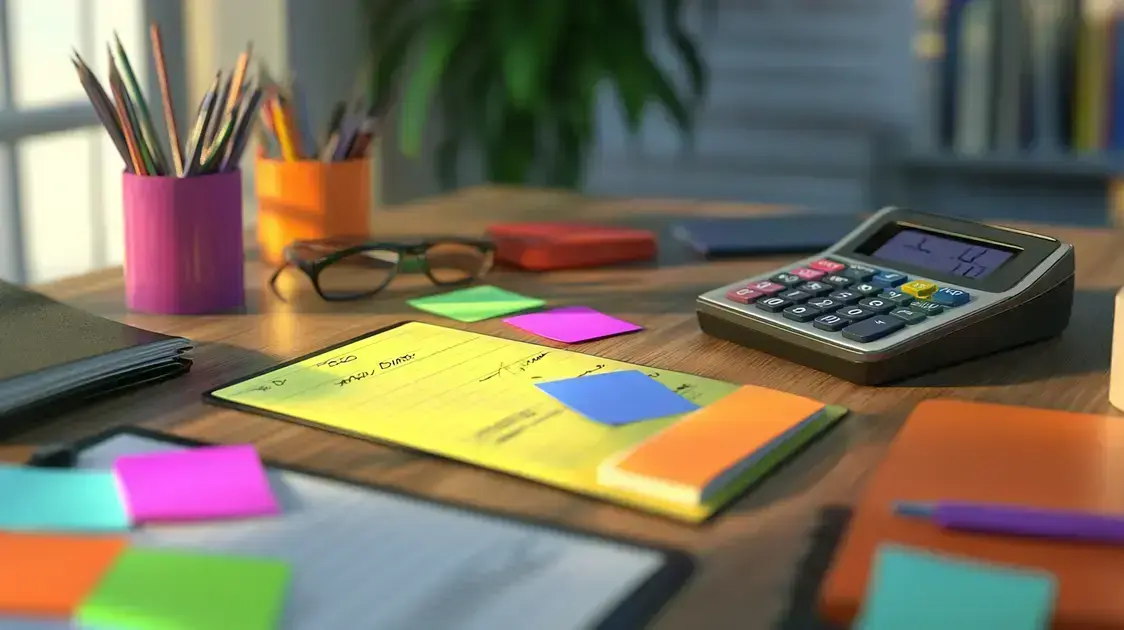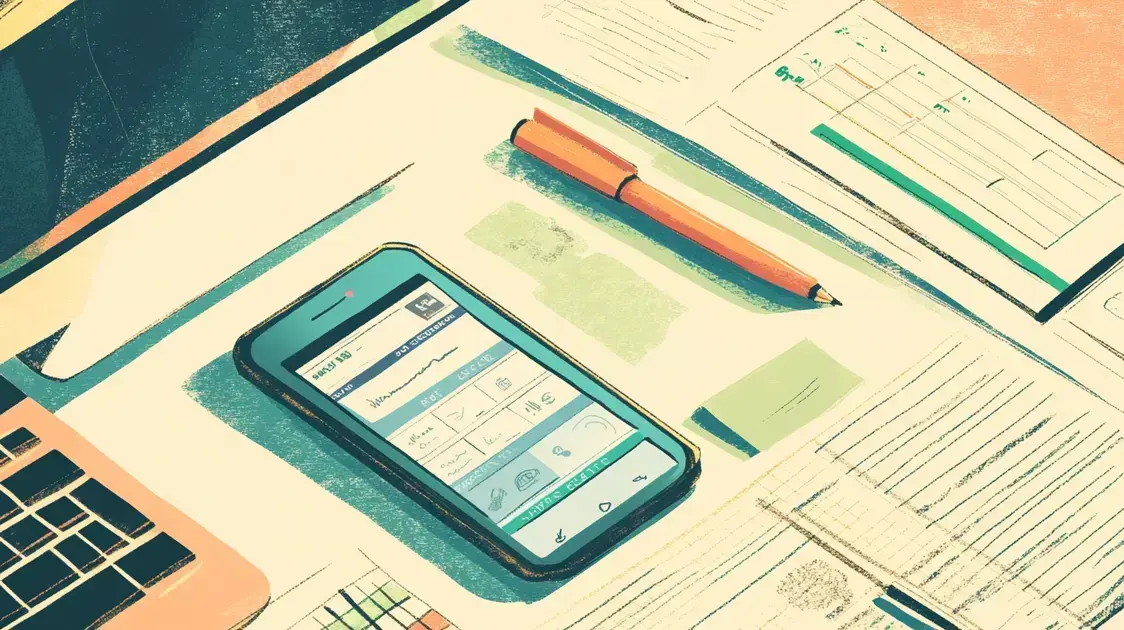Managing your finances effectively is vital for achieving your goals. Using the right categories for budgeting personal finance helps in streamlining your expenses and maximizing savings.
In this article, we’ll delve into essential budgeting categories, practical tips for creating your budget effectively, and tools to help you track and adjust your finances.
Understanding Budgeting Categories
Understanding categories for budgeting personal finance is the first step toward mastering personal finance. Budgeting categories are like containers that help you organize your money. Each category holds a specific type of expense, which makes it easier to track your spending.
Why Are Budgeting Categories Important?
Budgeting categories are important because they provide clarity. By grouping your expenses, you can see where your money goes and identify areas to save. This knowledge allows you to make informed choices about your spending.
Common Budgeting Categories
Some common categories for budgeting personal finance include:
- Fixed Expenses: These are costs that do not change month-to-month, like rent or mortgage payments.
- Variable Expenses: Costs that fluctuate, such as groceries and utilities.
- Discretionary Spending: This category includes non-essential expenses, like dining out and entertainment.
- Savings: Always set aside money for savings and future goals.
- Debt Repayment: Include payments toward any loans or credit card debt.
By understanding these categories, you can create a budget that reflects your priorities and goals.
Assigning Amounts to Categories
Once you have your categories, you need to assign amounts to each. This helps ensure you don’t overspend in one area. Use past spending habits as a guide, and adjust as necessary. Monitoring these categories regularly keeps your budget on track.
Essential Categories for Personal Finance
In order to achieve financial freedom, it is vital to focus on essential categories for budgeting personal finance. These categories help you understand where your money is going and how you can manage it better.
1. Housing
The housing category typically includes rent or mortgage payments. This expense is often the largest in a budget. Properly managing housing costs is crucial for financial stability.
2. Transportation
Transportation expenses include car payments, fuel, and public transportation costs. Keeping these costs in check can free up funds for savings or debt repayment.
3. Food
This category covers groceries and dining. Having a budget for food helps prevent overspending, allowing you more control over your finances.
4. Utilities
Utilities include essential services like electricity, water, and internet. These are necessary expenses that should always be accounted for in your budget.
5. Insurance
Insurance costs, such as health, car, and home insurance, are essential to protect your finances. Regularly reviewing your insurance can help you find better rates.
6. Savings and Investments
Saving for emergencies and investing for the future are key components of personal finance. Aim to set aside a portion of your income each month for these purposes.
By clearly defining these essential categories for budgeting personal finance, you can create a budget that not only tracks your expenses but also supports your financial goals.
How to Create Your Budget

Creating your budget is essential for managing personal finance effectively. Follow these simple steps to build a budget that works for you:
1. Gather Financial Information
Start by collecting your income statements, bills, and bank statements. Knowing your total income is important for budgeting.
2. List Your Categories
Use the essential categories for budgeting personal finance from your personal finance plan. Include housing, transportation, food, utilities, insurance, and savings. This will help organize your expenses.
3. Determine Fixed and Variable Expenses
Identify which expenses are fixed, like rent, and which are variable, like groceries. This distinction will guide your budgeting approach.
4. Set Spending Limits
Decide how much you can spend in each category. Ensure that your total planned expenses do not exceed your income.
5. Track Your Spending
Use tools like apps or spreadsheets to monitor your expenses. Regularly check your spending against your budget to stay on target.
6. Adjust as Needed
Life can be unpredictable. Be prepared to adjust your categories for budgeting personal finance or spending limits to fit your current situation. Flexibility is key.
By following these steps, you can create a budget that will help you achieve your financial goals and maintain control over your personal finances.
Tips for Effective Budgeting
Effective budgeting is key to managing your finances wisely. Here are some tips for effective budgeting that will help you stay on track:
1. Set Clear Financial Goals
Having clear goals will give your budget purpose. Think about what you want to achieve, like saving for a vacation or paying off debt.
2. Review Your Spending Regularly
Set aside time each month to review your spending. This will help you identify patterns and areas where you can cut back.
3. Use Budgeting Tools
Consider using budgeting tools or apps to simplify tracking your expenses. These tools can help you stay organized and make adjustments easily.
4. Include an Emergency Fund
Always include savings for unexpected expenses in your budget. Aim to save at least three to six months’ worth of living expenses.
5. Avoid Impulse Purchases
Before making a purchase, ask yourself if it fits into your categories for budgeting personal finance. If it doesn’t, it may be better to wait or consider a cheaper alternative.
6. Reassess and Adjust
Your financial situation may change over time. Make it a habit to reassess your categories for budgeting personal finance regularly and adjust as needed to reflect your current circumstances.
By following these tips, you’ll be on your way to mastering effective budgeting and achieving your personal finance goals.
Tracking and Adjusting Your Budget
Tracking and adjusting your budget is crucial to achieving your financial goals. Here are key steps to help you effectively monitor and update your budget:
1. Regularly Update Your Spending
Keep track of expenses as they occur. Update your budget weekly to ensure you have accurate information about where your money is going.
2. Compare Your Spending to Your Budget
At the end of each month, compare your actual spending against your budgeted amounts. This will help you see if you are on track or if adjustments are needed.
3. Identify Trends and Patterns
Look for spending trends. Are you consistently over budget in certain categories? Recognizing patterns can help you revise your spending habits.
4. Make Adjustments as Necessary
If you find you are overspending, consider adjusting your budget. Reduce spending in areas where you can, or find ways to increase your income.
5. Set Reminders for Budget Reviews
Schedule reminders to review your budget regularly. This ensures that tracking becomes a habit and you keep your financial goals in sight.
6. Use Technology to Simplify Tracking
Consider using budgeting apps or software to help you track expenses automatically. These tools can provide valuable insights into your spending habits.
By diligently tracking and adjusting your budget, you can maintain financial control and work towards achieving your personal finance goals.
Tools for Managing Your Budget

Managing your budget effectively requires the right tools. Here are some useful tools for managing your budget that can help you stay organized:
1. Budgeting Apps
Using a budgeting app is one of the easiest ways to track your expenses. Apps like Mint, YNAB (You Need A Budget), and EveryDollar allow you to set budgets, categorize expenses, and monitor your financial goals.
2. Spreadsheets
For those who prefer a hands-on approach, spreadsheets can be very effective. Programs like Microsoft Excel or Google Sheets offer customizable templates to create your own budget. You can track income and expenses easily.
3. Expense Tracking Software
Dedicated software such as Quicken helps manage finances comprehensively. It offers features for tracking expenses, budgeting, and investment management.
4. Financial Calendars
Using a calendar app or physical calendar to mark payment due dates and review times keeps you organized and prevents missing important deadlines.
5. Note-taking Apps
Apps like Evernote or OneNote are great for jotting down notes, reminders, and financial thoughts. You can keep all your financial ideas and plans in one place.
6. Envelope System
The envelope system is a simple yet effective way to manage cash spending. Assign cash to specific envelopes for different categories for budgeting personal finance, allowing you to physically see how much you have left for discretionary spending.
By utilizing these tools, you can simplify the process of managing your categories for budgeting personal finance and ensure that you stay on track with your financial goals.
Achieving Financial Freedom Through Effective Budgeting
Understanding and implementing effective budgeting categories is crucial for managing your personal finances. From recognizing essential categories to tracking and adjusting your budget, each step plays a vital role in maintaining financial stability.
Utilizing the right tools and resources can simplify your budgeting process, making it easier to stay on track with your financial goals. Remember, budgeting is not a one-time task but an ongoing process that involves regularly reviewing your spending and making necessary adjustments.
By being proactive and diligent in your approach to budgeting, you can unlock your financial freedom and ensure a more secure financial future.